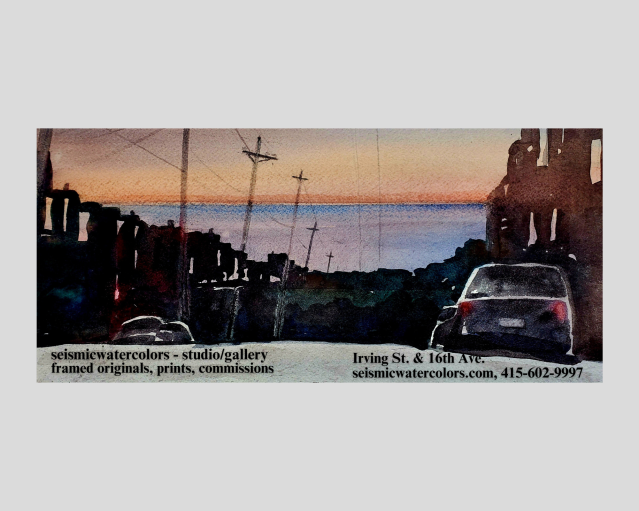With Halloween weekend upon us, all sorts of scary superstitions are on people’s minds. Like this one:
Some realtors who work in the Richmond offer this hot tip: Homes with the number four featured prominently in the address supposedly sell for less in this neighborhood.
The notion is that since the number four is considered unlucky in some East Asian cultures, the Richmond’s prominent Asian population will shy away from such homes. We’ve heard this rumor many times over the years, but is there any truth to it?
Well, the part about the stigma attached to the number is true enough: Bloomberg reports that in China “the number four is considered unlucky because it sounds a lot like the word for ‘death,’ and as a result Chinese buildings often lack a fourth floor.”
We see this motif in some other countries too: The hit Japanese horror movie The Grudge was based partly on a short film titled simply “444-444-4444” (an ominous phone number), and in South Korea, some buildings use letters in elevators banks to mark the fourth floor rather than the unlucky number itself.
And we all know that people in any country can take number-related superstitions very seriously: That’s why the Richmond has no 13th Avenue, and many SF high-rises insist on labeling the 13th floor as the 14th instead (including the sinking Millennium Tower, which seems to be making its own bad luck anyway).
But the question is, is this really reflected in the price of a Richmond home? To find out, we broke down sales data for the Inner and Outer Richmond going all the way back to 1993 (the latest date for which MLS provides easily accessible numbers) and isolated addresses that both begin and end with “44” to compare them to general sales trends across the neighborhood.

Between 1993 and the end of 2020, MLS records a total of 10,925 home sales in the Richmond; the average sale price over those decades was $1.29 million, while the median was $859,000. The median number of days on the market was 28.
Of those, just 50 sales involved an address that ends in “44,” and another 84 began with it. Looking at the data for those seemingly unlucky homes, we discover…not much, actually.
The median price for homes that begin with 44 was indeed lower than for the neighborhood overall–$831K since 1993. But the homes that end in 44 actually sold for significantly more: a median of $1.09 million.
For mean average pricing, the trend was the same, with one sort of unlucky address going for less ($1.1 million for homes that begin with 44) and the other for more ($1.39 million).
A slightly more prominent trend emerged with days on the market either: 44 endings averaged more time, but the difference was only a day; for those with 44 beginnings it was three days, which is admittedly much more significant.
So is the rumor true? The data doesn’t really seem to bear it out. Still, some people continue to swear by this piece of supposed buying and selling wisdom. Maybe the effect of the stigma is real but just not strong enough to overcome the Richmond’s muscular housing demand? For some, the only really relevant number may be a closing price.
Industry leaders in real estate marketing, market data, gossip, and news…theFrontSteps.com
Categories: Alexander Clark Real Estate











